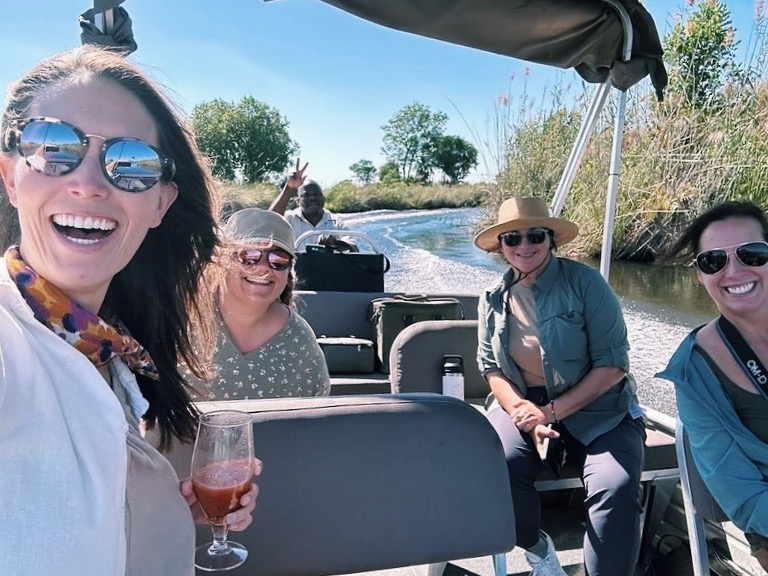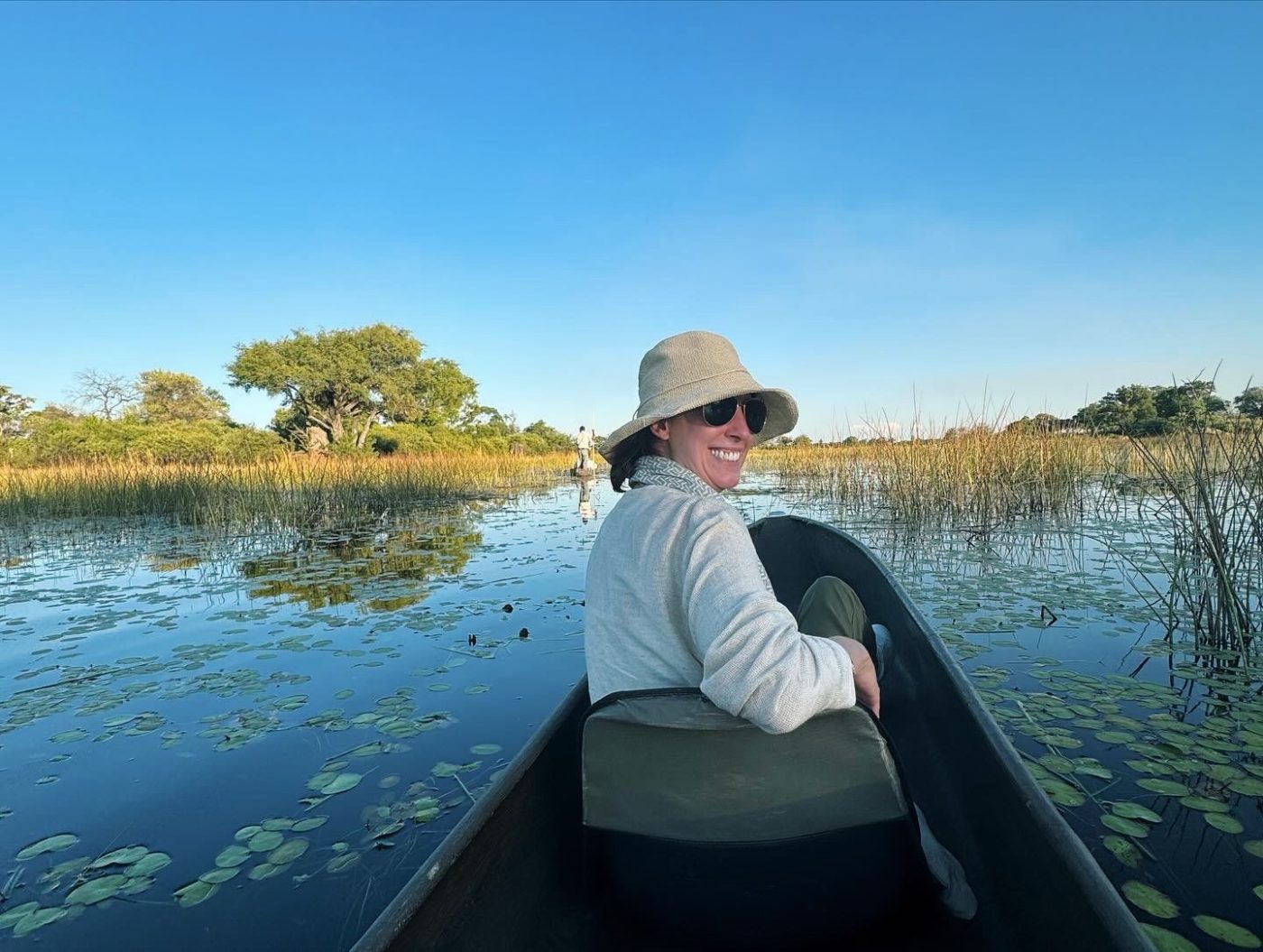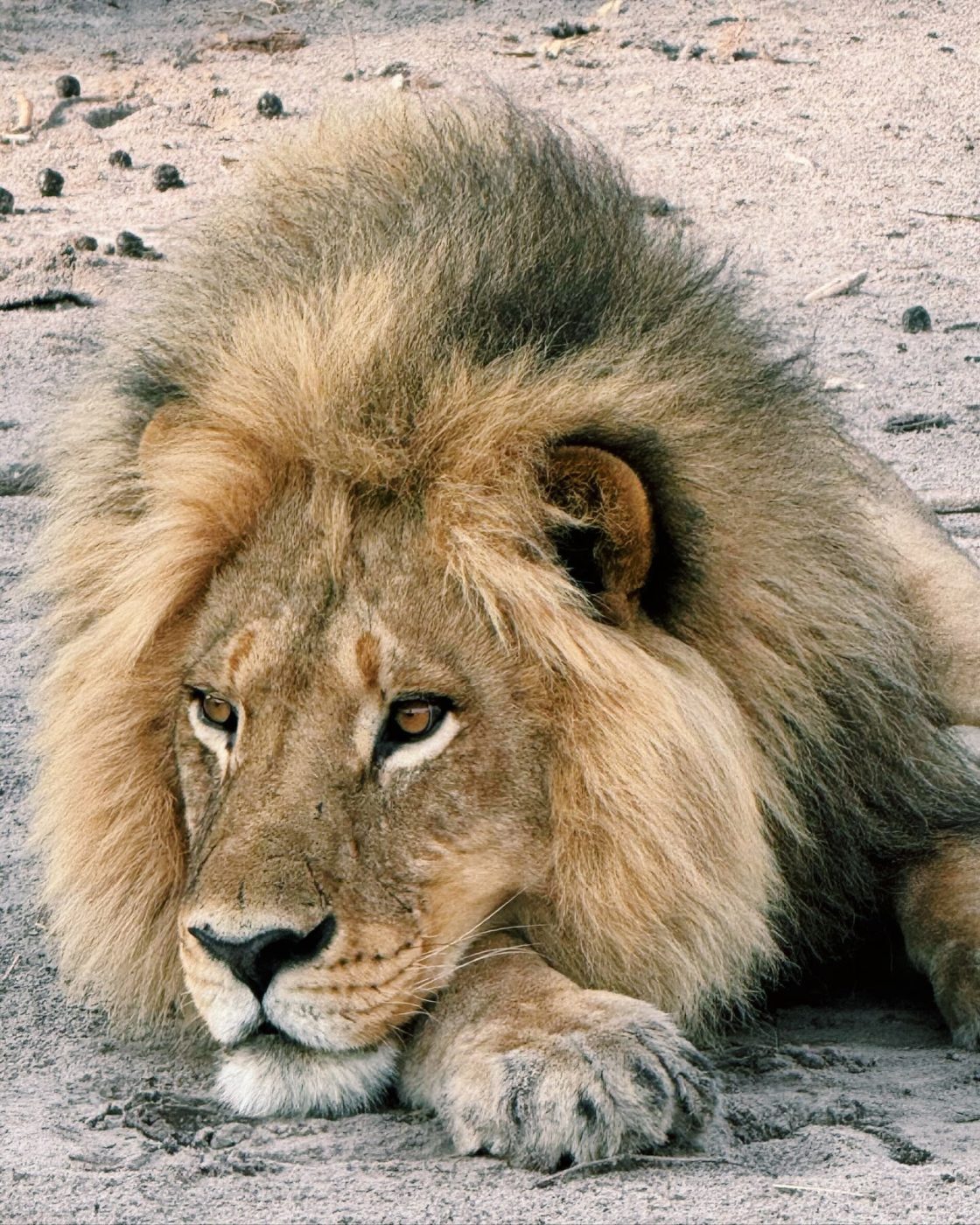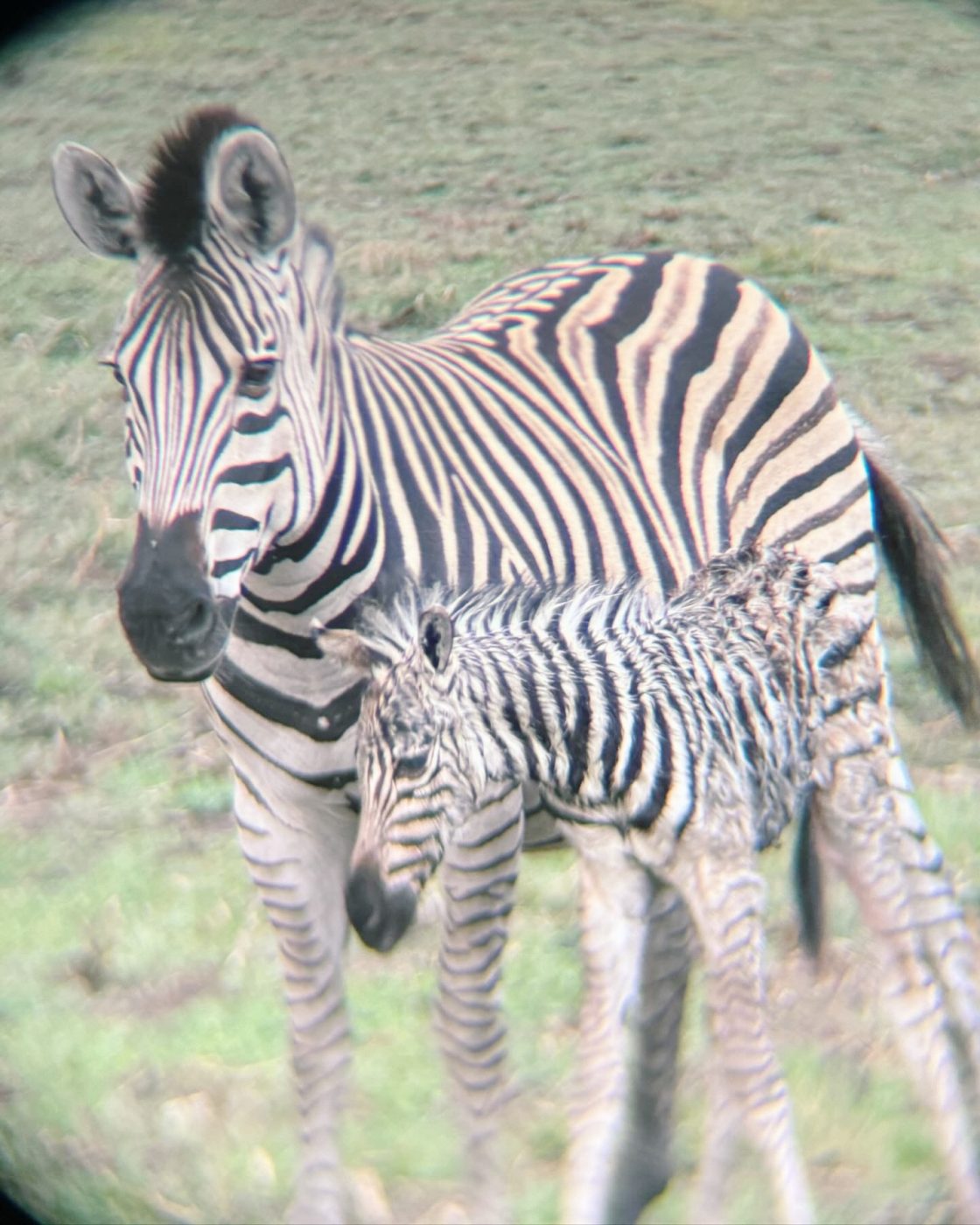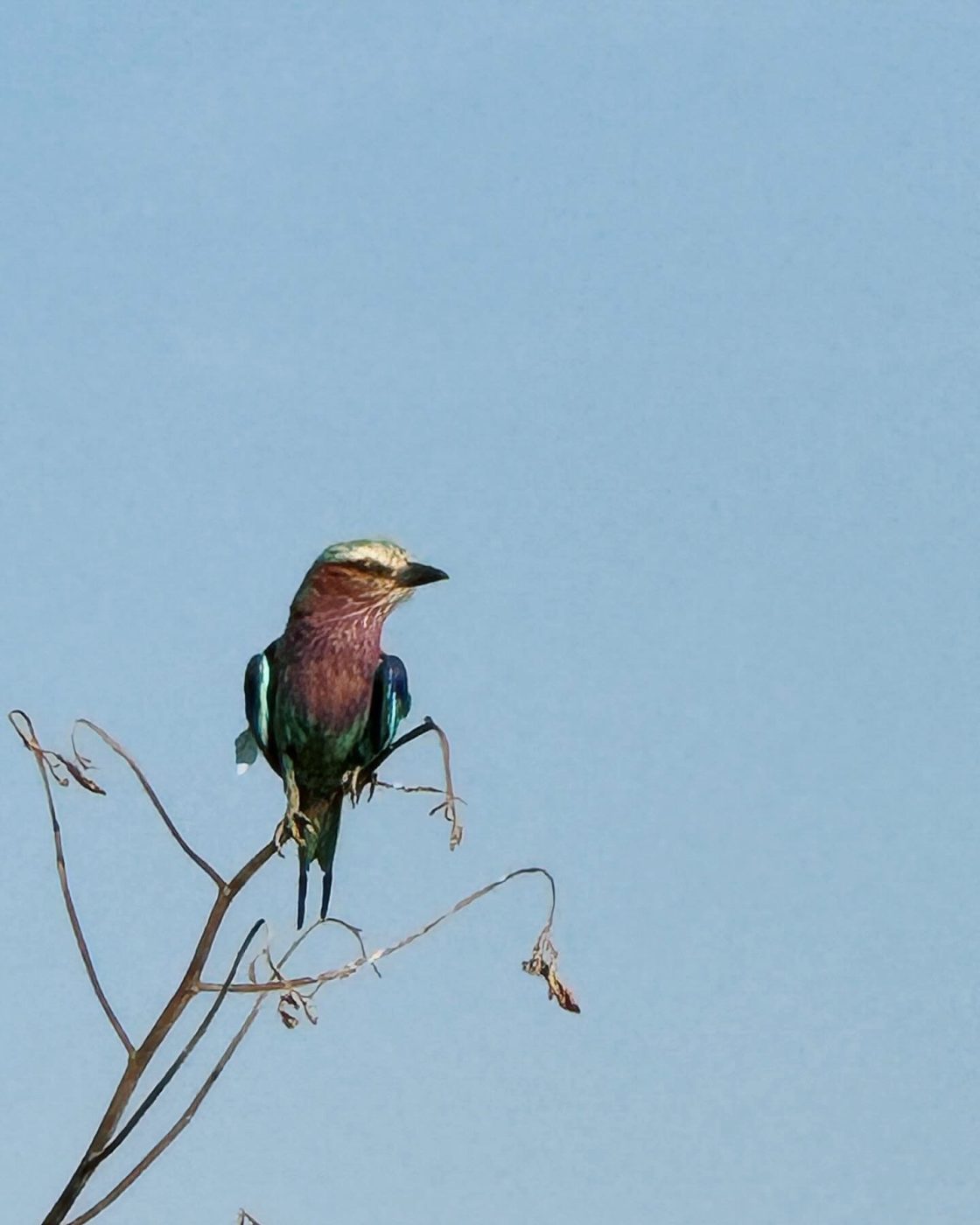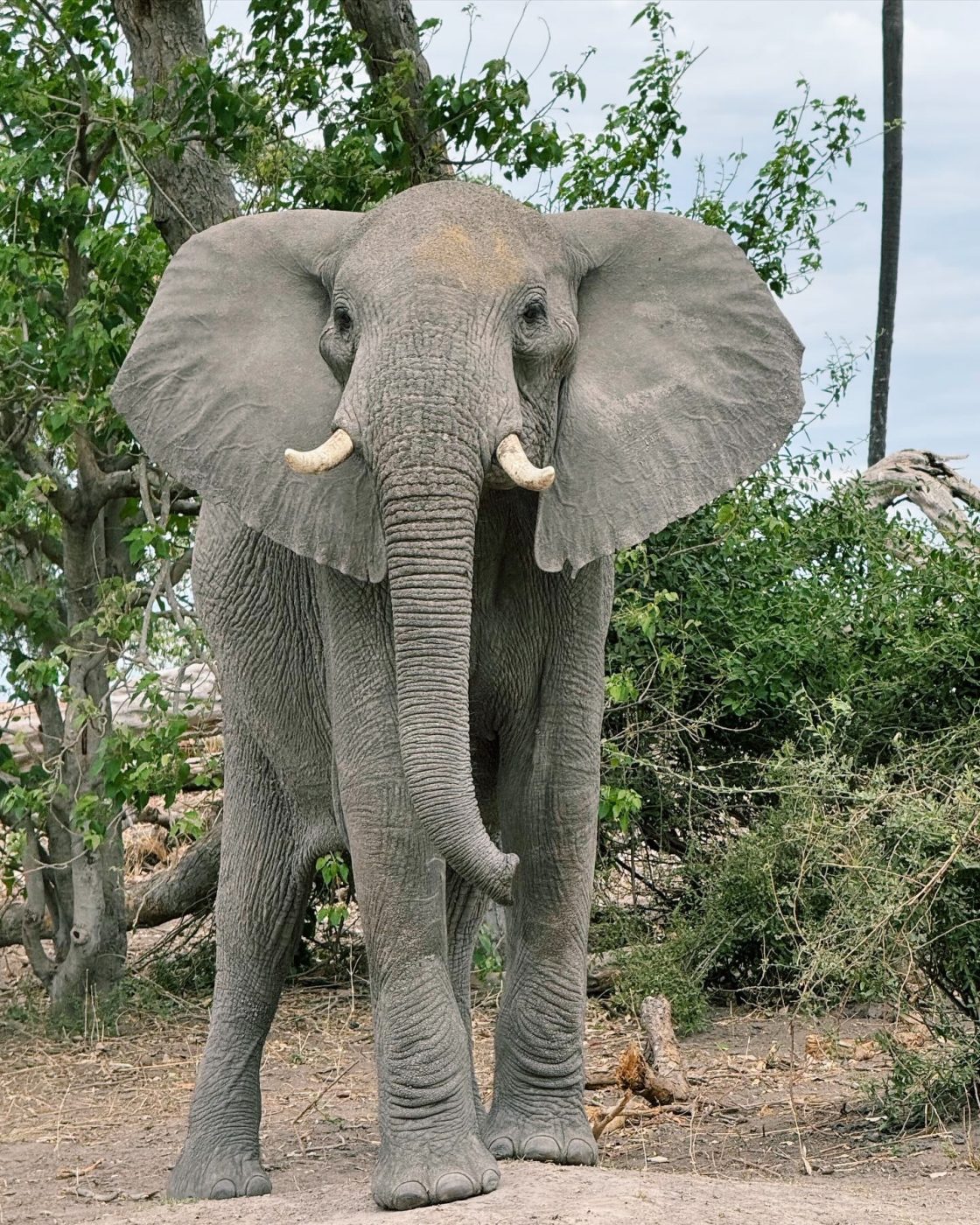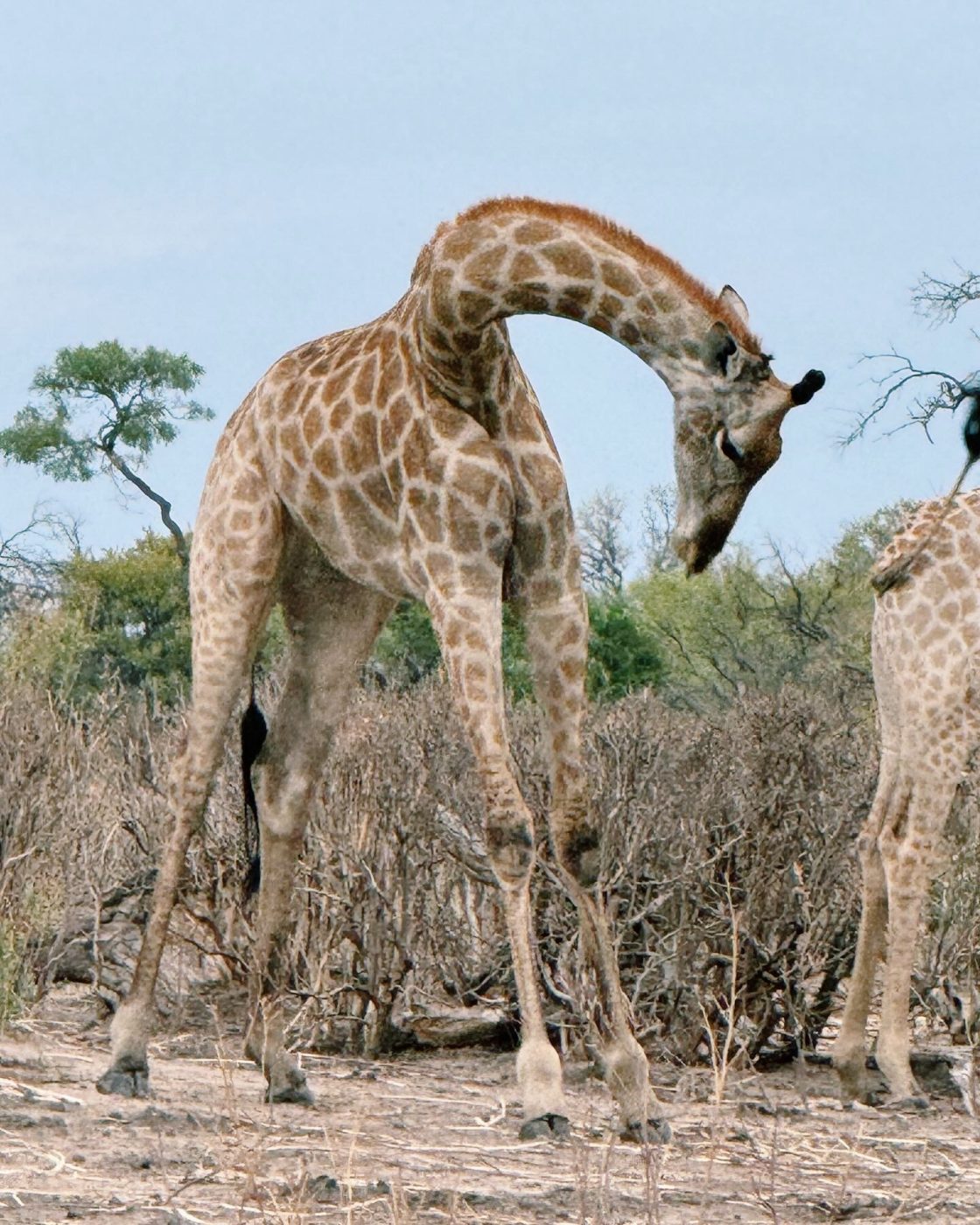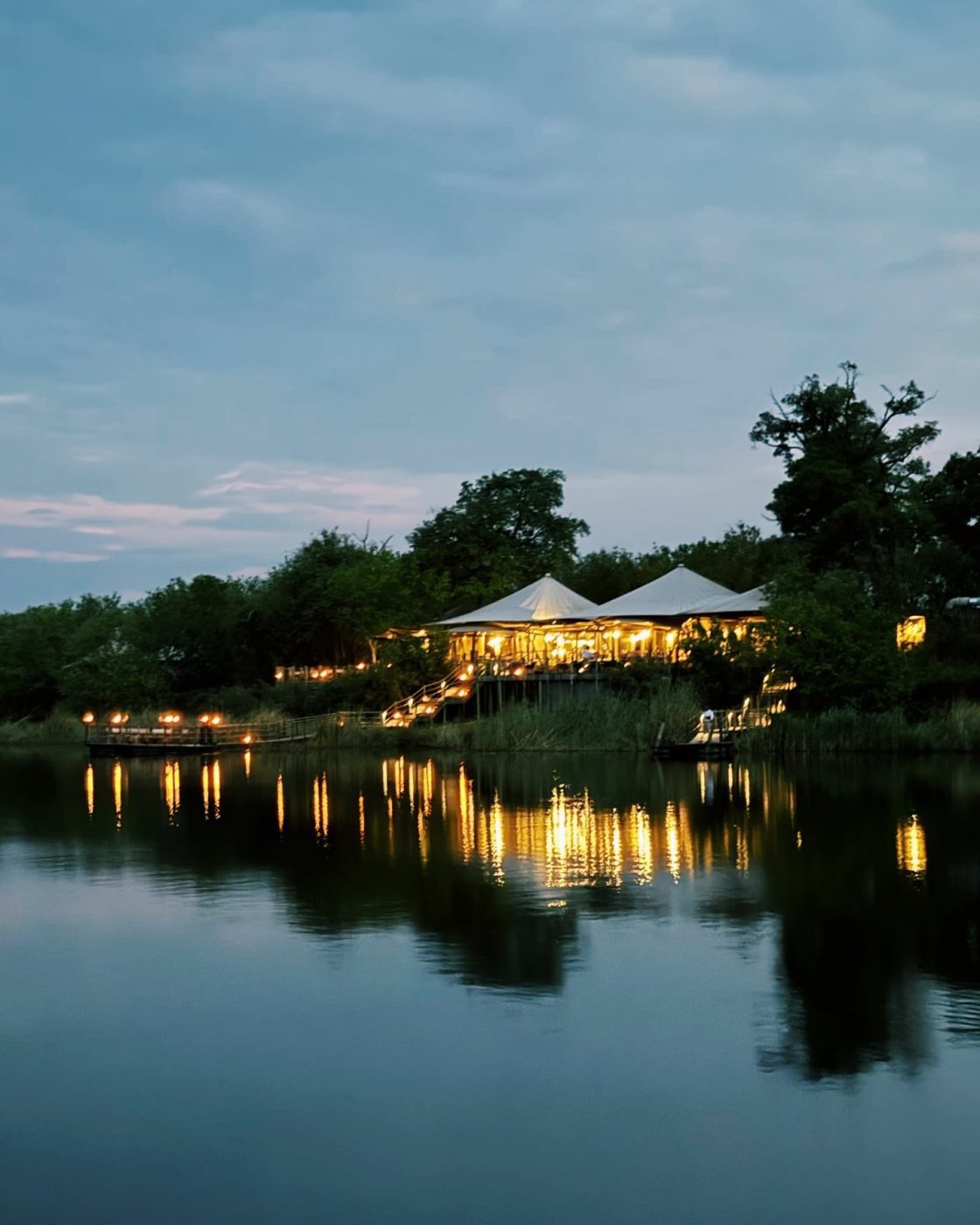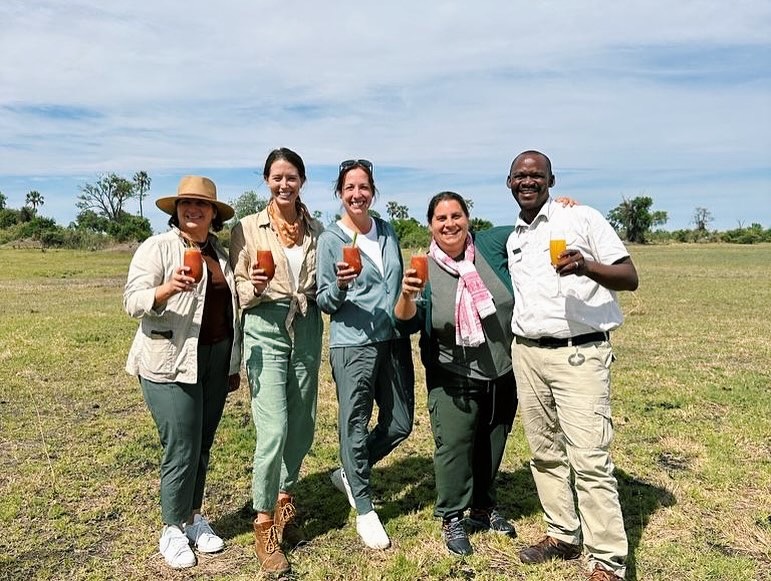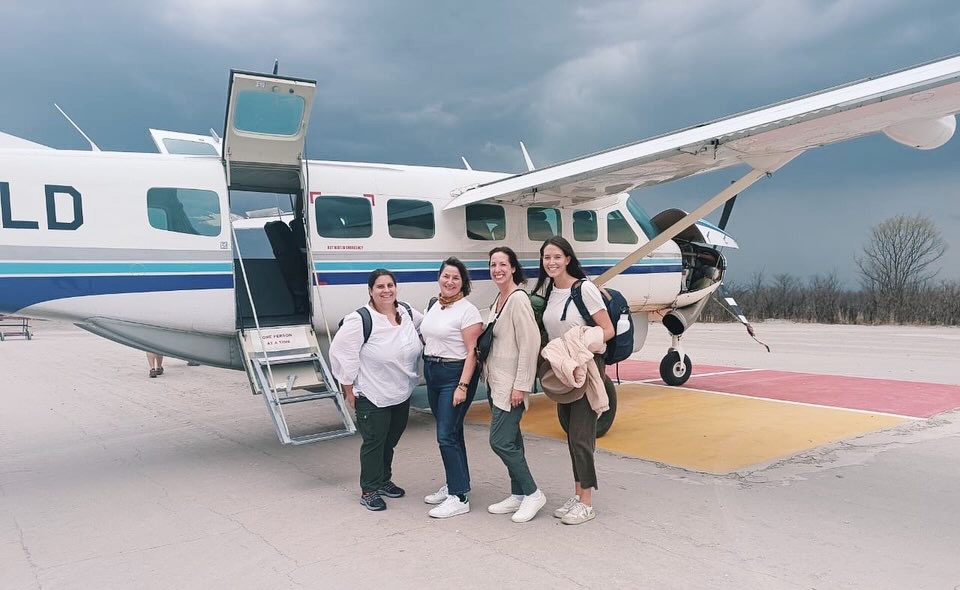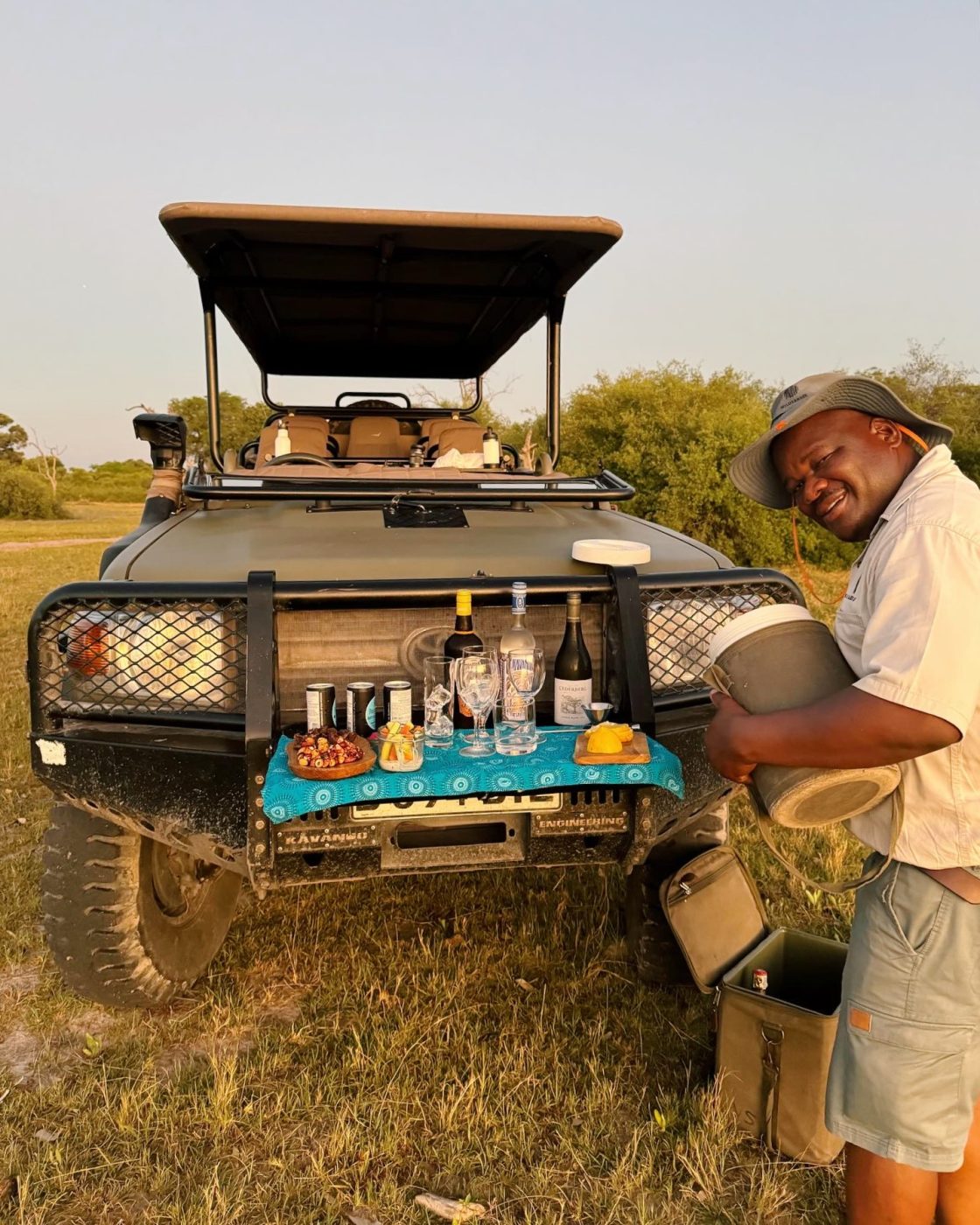Why Botswana?
Botswana stands out as an exceptional luxury safari destination, with forty percent of the land dedicated to parks and wildlife. The sustainability of Botswana’s tourism is attributed to a policy established in 1990, promoting high-cost, low-volume tourism. Safari camps are strategically located in pristine, remote areas, where wildlife takes full precedence. Notably, both the country and safari operators prioritize sustainable practices, using the best materials to rebuild old camps and preserve the environment.
I had the privilege of visiting Botswana this past November, and it was an unforgettable experience. The best time to go is from June to September, when the dry season attracts wildlife along the waterways, making it perfect for boat excursions. My trip was flawlessly arranged by our partner Giltedge, who comes highly recommend for anyone wanting to plan a trip to Botswana.
The True Safari Experience
In Botswana, the Okavango Delta reigns as the star attraction, offering unparalleled boating and mokoro (traditional dugout canoe) excursions, allowing visitors to see wildlife drinking and bathing in its waters. Additionally, the delta has excellent bird watching opportunities with sightings of lilac-breasted rollers, cranes, owls and over 600 other bird species!
Botswana is home to unlimited sightings of the “Big Four” – elephants, buffalo, lions, and leopards. The rhinoceros have been removed to reduce poaching. The country is known for its large elephant herds, and sightings of hippos, crocodiles, big cats, wild dogs, lechwe, zebras, giraffes, antelopes, springbok, and more.
Luxury Camps
During my trip, I experienced four lodgings, each more luxurious than the last. I stayed at the Wilderness Lodges of Dama Tau, Mombo, Vumbura, and concluded my journey at the ultra-luxurious Xigera Safari Lodge, a flagship hotel for the Red Carnation Hotels. Xigera Safari Lodge, in particular, is a masterpiece, and serves as not only a lodge but a living art gallery where every detail, from the furniture to the tableware, is crafted by renowned artists from across Africa.
Most of the camps I visited are on private concessions that allow them to have exclusive experiences like guided walking safaris, night drives, and off-roading adventures. Since the camps are small, averaging six to twelve rooms, guests will never have more than three jeeps at a wildlife sighting.
Accessing these camps is an adventure in itself, as they are accessible by small planes with about twelve seats. Flying over the Delta maze of islands and floodplains, you are treated to views of herds of elephants, flocks of birds, and hippos shimmering in the African sunshine.
Service Level
The service level throughout Botswana is at very high level. At each camp, there are more staff members than guests. Dietary restrictions are handled with ease, as I experienced while travelling with a gluten free guest. There were always fresh homemade options for all!
The culinary experience in every camp is at a very high level of sophistication and flavor, with meals served throughout the day. The day typically begins with a 5:30 am breakfast, followed by lunch upon return from activities. Tea is served at 4:30 pm before the afternoon game drive, and guests are treated to golden hour drinks and snacks before dinner. Yes, it’s decadent and delicious.
